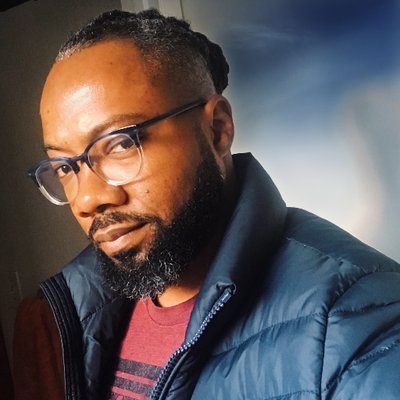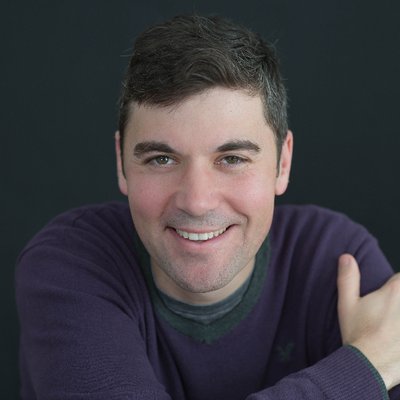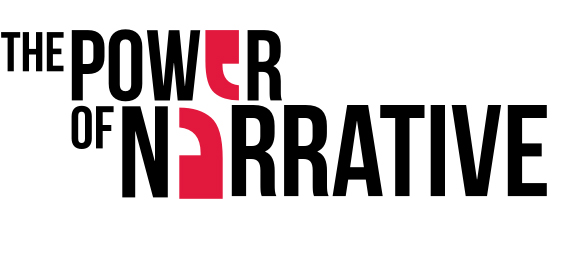EDITOR'S NOTE: The 2o19 Power of Narrative conference at Boston University was a full immersion into the craft, challenges and characters of story work. We are scrambling to mine as many of those riches as we can, including full transcripts of some of the talks, and share them here. Earlier we posted take-aways from some of the breakout sessions. Today we offer a few sparkles of insight from three of keynote speakers. You can find other wisdom on the conference website, and on Twitter @narrativeBU.
Poet, podcaster and host of "Reveal" at the Center for Investigative Reporting

Narrative journalism is an act of empathy. It takes us out of our own narrow lives into a world that we could not have imagined. There are horrors and monsters in this bigger world, but love and wonders too.
Interacting with people all over the country for the "State of the Re:Union" show for National Public Radio made Letson fall in love with America in a way he never had before. Seeing America’s true diversity transformed him.
Even when he’s doing an an antagonistic interview, he tries to listen attentively and with respect. It’s important to be present and compassionate as a listener, not to be moving your subject through to your ending.
Magazine journalist and author of "Columbine" and "Parkland: Birth of a Movement"

He spends a lot of time trying to figure out structure: where to put the pivotal event, how to tell a story. But he can be creative in how you do it, as evidenced by his use of two storylines, one being the traditional one, with rising action, and one doing the opposite. He looks for ways to make the two lines cross.
A technique: write an appalling brutal scene, then something funny. Use a spreadsheet to track many uplifting scenes vs. violent/murderous scenes.
In his upcoming book "Soldiers First," about a friendship between two gay men in the military, he used a white board to track beginning/middle/end, and to set up scenes and chapters.
Pulitzer Prize winning reporter for The Washington Post, author of "Rising Out of Hatred"

Identify a societal problem, look at data, and then find somewhere you can be to observe someone dealing with that problem in real time. He checks two boxes for his Washing Post narratives: The micro (intimate reporting of a character, a place, an event) and the macro (big issue or concept of national interest). For example, in a story about the rising rate of death among middle-aged women from alcoholism and addiction, he wanted to be present when someone was dying (or had just died). To find possible places to report his story, he poured through obituaries on legacy.com and in local newspapers and libraries.
Be clear with your subjects about what you're going to write, why you want to be there. Tell them all at the beginning of the reporting process so they're not surprised later. If you’re going to be told “no,” find out early so you don’t waste time.
Pre-reporting is a massive part of his reporting; if he spends six weeks on a project, two of those weeks will be pre-reporting.



